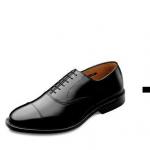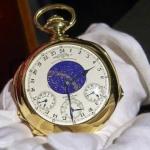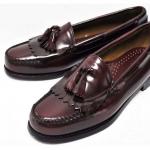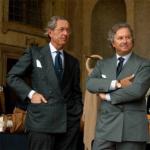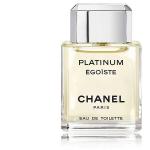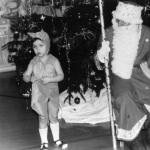How to choose the right men's suit size
In today's society, it is no longer uncommon to see suits that are well-fitted to the figure of the wearer. It has long been known that a person dressed not only in fashion, but also in size, looks much more attractive and better than someone who wears baggy or too small trousers, shirt and jacket. Men in suitable suits have an excellent trump card both in the process of communicating with women, and in business negotiations, and in general at work. It is important to understand that not only the style of the suit is important in the image, but also its proportions with the cut. We have prepared a detailed material with many recommendations from experts. From it you will learn about the varieties of men's suits, existing tailoring technologies, models and how to choose a style, color and where which suit can be worn based on the purpose. Remember that a high-quality suit will definitely emphasize your individuality if it fits well.
The best manufacturers of men's suits - which company to choose
Manufacture of men's suits has a very long history. For several centuries now, there have been several ateliers in which monarchs, politicians, actors, businessmen, artists and other people of the first magnitude once dressed. In such houses, all the traditions that are passed down from generation to generation are still preserved.
A kind of Mecca is Savile Row in the UK. It is here that the concentration of tailors and masters of the first class. To this day, most brands prefer to sew men's suits exclusively by hand. Although some younger brands are trying new things and combining hand sewing with machine sewing.
In addition to the famous tailor-made ateliers, there are also many companies that design men's suits for mass production and sale in stores around the world. The list below contains manufacturers in all three categories.
- Henry Poole & Co;
- Gieves & Hawkes;
- Brioni;
- Pal Zileri;
- Hugo Boss.
For a special occasion, it is best to have a suit from tailors who know their business. Of course, the cost of such a product will be considerable, but it's worth it. But for everyday wear, you can buy a more democratic option, where the price and quality will be optimally combined.
In any case, even a suit purchased in a store can, if necessary, be adjusted to fit the figure in the studio closest to the house. If you are already interested in finding a specific model, then go to our rating of the best men's suits.
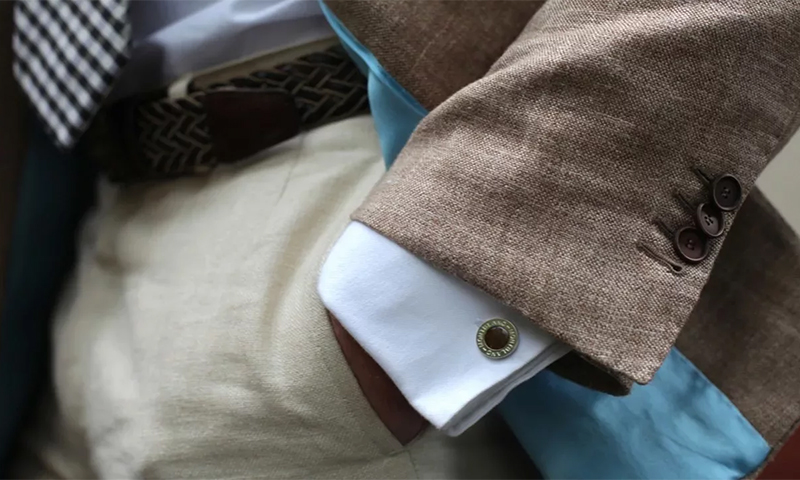
A men's suit is a garment that traditionally includes trousers, a jacket and a vest. Usually all three items are made from the same material.
Classical models are trousers with a jacket, sometimes a vest, complemented by a shirt, tie, shoes, less often - a pocket square, a hat and a pocket watch with a chain that is passed through the buttonholes of the vest.
Men's suits differ in:
1. Tailoring technologies (bespoke, made-to-measure, pret-a-porter);
2. Type of jacket models (single-breasted, double-breasted);
3. Appointment (business card, tuxedo, tailcoat, informal and business suits);
4. Color;
5. Style (English, Italian, German and others).
In its usual form, the suit appeared in the sixties, these are deuces with a single-breasted jacket. But if earlier the classic suit was casual wear, then at the moment it has significantly lost ground.
The current owners are usually classical style connoisseurs, while in other cases, costumes are purchased for certain occasions, such as formal events, holidays, visits to various cultural institutions, prestigious work or public performances.
Types of men's suits
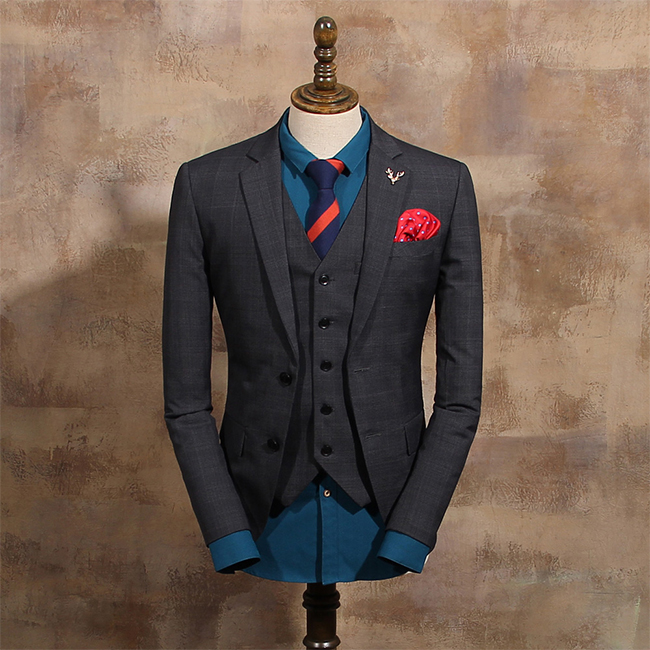
English costumes stand out among others for their strict and classic style. The emphasis is on the shoulder line and back, they are also slightly fitted. Usually it's either twos or threes. Jackets are either single-breasted or double-breasted.
They have bevelled shoulder pads of small size, pockets with lapels are also bevelled. These suits fit well on slender men, it is advisable for people with a different physique to choose something else.
Advantages:
- suitable for men of short stature;
- emphasizes a slender silhouette;
- internally "collects" the owner.
Flaws:
- will not sit on people larger than average build.
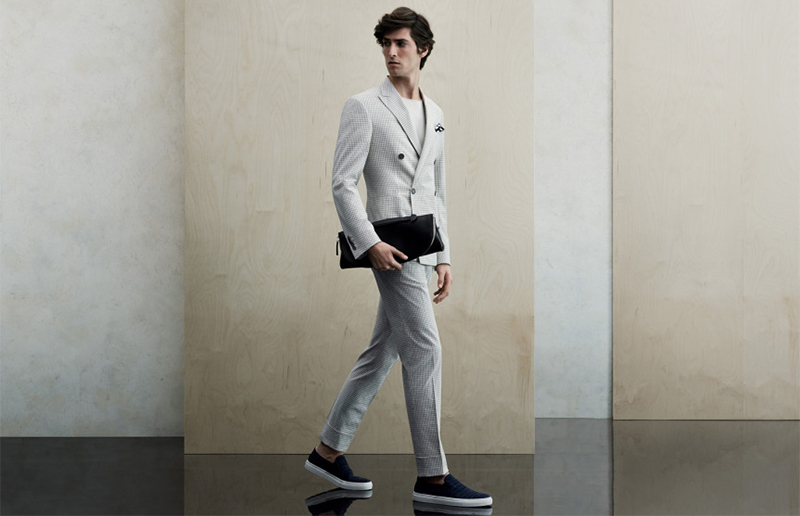
Italian costumes are particularly elegant. They have an excellent cut strictly on the figure. It should be noted that in Italy there are two conceptually different approaches to tailoring depending on the region.
In the northern part, tailors make representative models that are designed for business people. Of the features here, one can single out straight trousers, single-breasted jackets with a slight fit and a clear shoulder line.
In the south, on the contrary, the costumes have an informal, slightly imposing style. Their jackets do not have strict lines, they are sewn without lining, and their trousers are slightly shortened and narrowed down. Despite this, the short length of the trousers does not reduce the length of the legs. These suits are perfect for hot weather.
Advantages:
- suitable for men with different builds;
- gives an image of elegance;
- southern Italian models are good in hot weather.
Flaws:
- not identified.
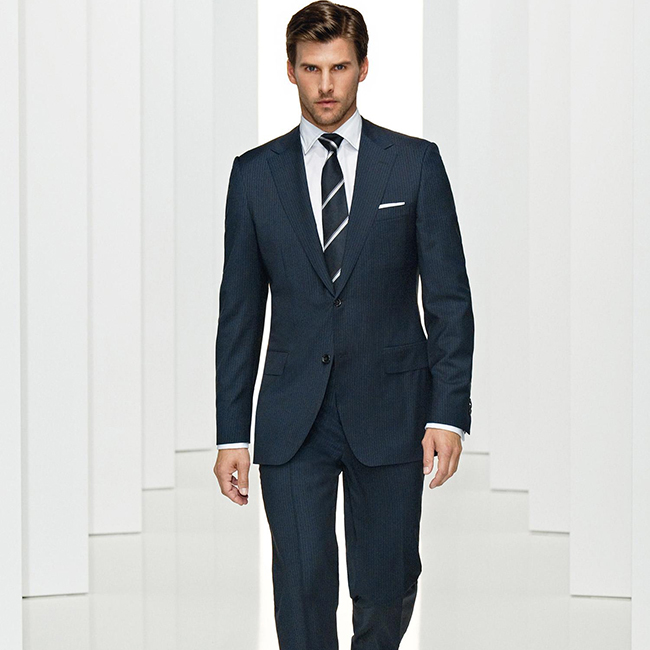
American suits are famous for their convenience and comfortable wear. True, such items of clothing are relevant only for informal outings. Jackets are sewn without shoulder pads, do not have an emphasis on the waist, but only slightly fit to the hips.
They can be double-breasted (there are deep lapels and finishing buttons located at a great distance), and single-breasted (a central slot and two or three buttons). In general, the costumes are slightly shortened.
Advantages:
- comfortable while wearing;
- sits perfectly on a plump figure;
- Suitable for men with a problematic waist area.
German suits are sewn from a special wrinkle-resistant fabric, which is able to retain its original shape for a long time. Traditional costumes are distinguished by some baggy and an abundance of lining fabric, as well as loose cut.
Spacious sleeves are usually unbuttoned. Buttonholes are sheathed after cutting by hand, which gives the models high cost and prestige.
Advantages:
- a special wrinkle-resistant fabric is used;
- loose cut;
- comfortable sock;
- suitable for men of different builds.
Flaws:
- characteristic baggy will not go thin.
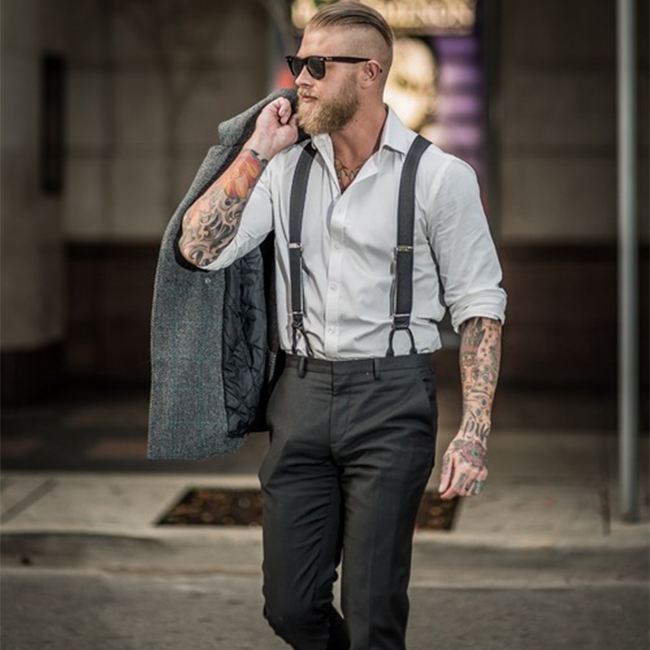
European suits are a category of slightly modified classic models. This simplification came into fashion in the eighties of the last century. It is expressed in the extended shoulder line, the greater width of the trousers and the lengthening of the jacket by about five centimeters.
The jacket has no cuts, it can be both double-breasted and single-breasted. For short ones, fitted jackets and skinny trousers are sewn.
Advantages:
- simple and comfortable to wear;
- there is a modification for short people;
- perfectly emphasizes a good figure.
Flaws:
- not suitable for overweight men.
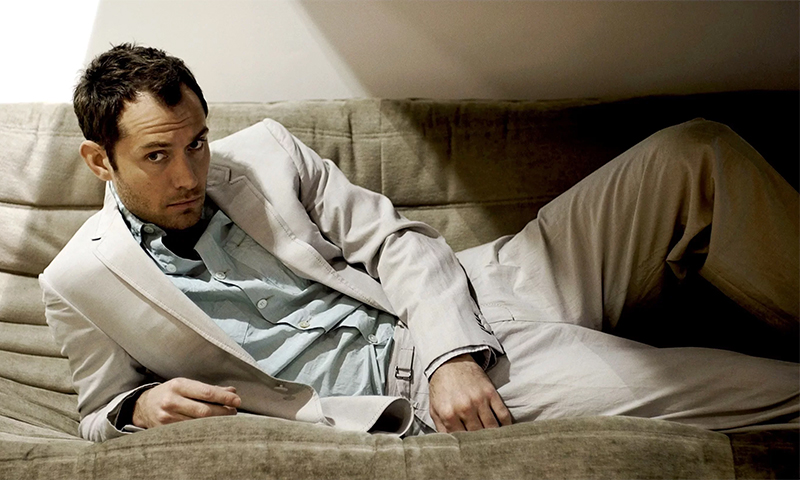
figure type
First of all, decide what type of figure you have. Do not be shy and look at yourself with a truthful look, evaluating all the pros and cons. Remember that there are no symmetrical people and anything can be adjusted.
1. Suits made of dark fabrics with a thin vertical stripe can visually make you taller and slimmer, and wide suits can give you the missing volume.
2. Light materials and a checkered pattern will help thin people.
3. If you need to expand a non-athletic chest, then you should choose a suit with narrow lapels, wide ones are suitable only for tall ones.
5. If it is necessary to visually reduce growth, then you need to take suits where the jacket has a low waist.
Color
The color scheme of the costume should be in harmony with the tone of the skin, eyes and hair. But this is all very individual, so be sure to try on the product, pay attention to the combination.
Remember also the rules: the more formal the setting, the stricter the pattern and color of the suit. All gray shades are recommended for daily wear. Black and dark blue can also be attributed to universal ones.
jacket model
1. Single breasted. The most comfortable jacket model, chosen by the majority. A row of buttons is located on one side, and buttonholes for them are on the other. Differs in universality and approaches the most different figures.
2. Double-breasted. A less popular jacket model, which is more rigorous. It is he who is advised to put on for official events, not forgetting to fasten buttons on everything without exception, there are two rows of them. Perfect for tall and thin men.
Purpose
1. Formal or formal wear
For exceptional cases, a "business card" (jacket, with sides tapering downwards, forming a cone-shaped cutout) is suitable. For evening occasions, the best option would be a tuxedo (has long satin lapels). For ceremonial events, a tailcoat is recommended (the jacket of the suit is short in front, and has narrow but long coattails in the back).
2. Informal suits
There are no strict rules here. Such costumes go against the dress code. They express the individuality of the wearer and can be sewn from any fabric with any pattern. For friendly meetings and parties, casual style suits are suitable, where the jacket and trousers have a rather loose cut. Seasonal suits are intended for summer holidays, they are sewn from cotton, silk, linen. They can look careless and even slightly crumpled.
3. Business suits
Business style suits differ in tailoring. English, American and North Italian costumes fit here. They are strict in form, fabric, shade and pattern. It should be comfortable to sit on the wearer so that during the meeting or performance the person is not constrained. There should not be any additional and superfluous details.
Tailoring technology
1. Bespoke tailoring. It is convenient that all patterns are made for a specific customer. This guarantees a perfect fit. The fabric is cut only by hand, and the assembly is made without any adhesives. This technology is considered the pinnacle of tailoring. The only negative is the long time and high cost of work.
2. Made-to-measure. This technology has something of Bespoke tailoring combined with new industrial possibilities. Patterns here are not created from scratch, but are adjusted to the client's figure. But the full account of wishes remains. The waiting time is much shorter, only one fitting is required and the price is much cheaper.
3. Pret-a-Porter. Ready-made costumes that can be found in all retail outlets. Averaged standard patterns are used. Finding a perfectly fitting product is quite difficult, especially for people with a non-standard figure.
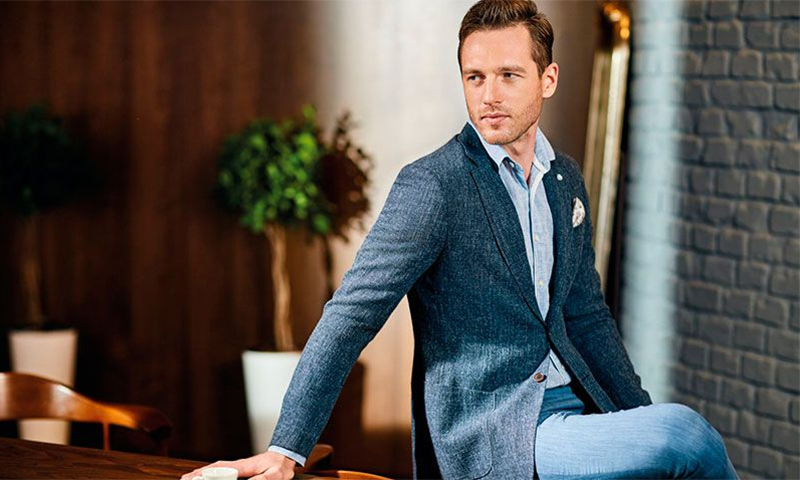
1. For short men with a slim figure, it is best to choose an English-style suit.
2. For those who are looking for elegance, we recommend Italian suits.
3. If convenience and comfort are important to you, then take a closer look at American suits, they are perfect for plump ones.
4. If your build is over the norm, then choose a German-style suit for a business meeting.
5. For stately and tall men with a good figure, we recommend European suits. There is a special modification for low ones.
6. Thin people should choose light fabrics and voluminous patterns, but a fitted silhouette. Plump, on the contrary, dark and more free cut.
7. If you can’t decide on a color scheme, then get universal shades: black, dark blue and gray.
9. For special occasions, you should buy a business card or tailcoat, and for evening outings - a tuxedo.
10. For friendly parties, for the summer and for everyday wear, choose informal suits.
11. If you have unlimited funds, then do not hesitate to apply for bespoke tailoring.
12. Those who value time should choose made-to-measure tailoring technology.
13. Like to experiment and look for something new, then prefer pret-a-porter suits.
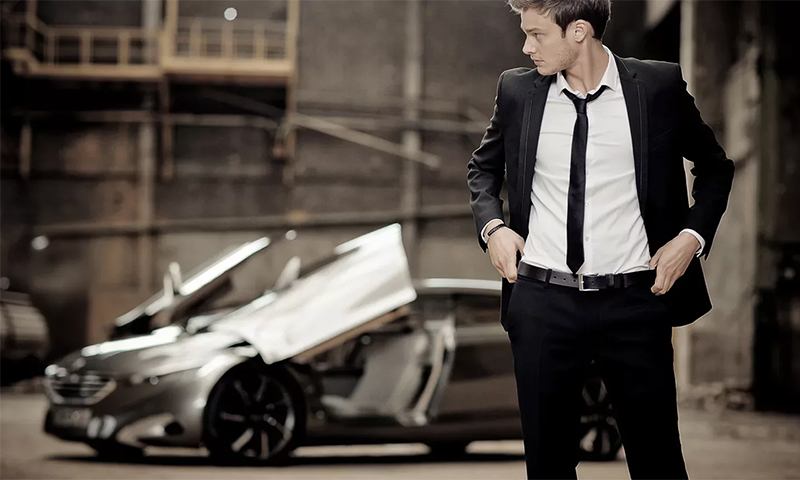
1. The most expensive are suits from the oldest English ateliers using bespoke tailoring technology. The cost of an order starts from 60 thousand rubles and can reach up to one million.
2. Made-to-measure products are several times cheaper. A good suit can be sewn for 40 - 200 thousand rubles.
3. Among the pret-a-porter there are men's suits at a variety of prices. They start from a few thousand rubles and end in hundreds.
4. Modern fashion houses offer to buy costumes for 20-150 thousand rubles.
5. Non-famous ateliers will charge from 10 to 50 thousand rubles for work, depending on the complexity.
6. Special suits with a tailcoat, tuxedo and business card will cost more than business ones. The price fluctuates around 30-70 thousand rubles.
7. Three-piece suits will cost 10-20 thousand rubles.
8. Summer models of suits (one-season) will cost 5-50 thousand rubles, depending on the brand.

